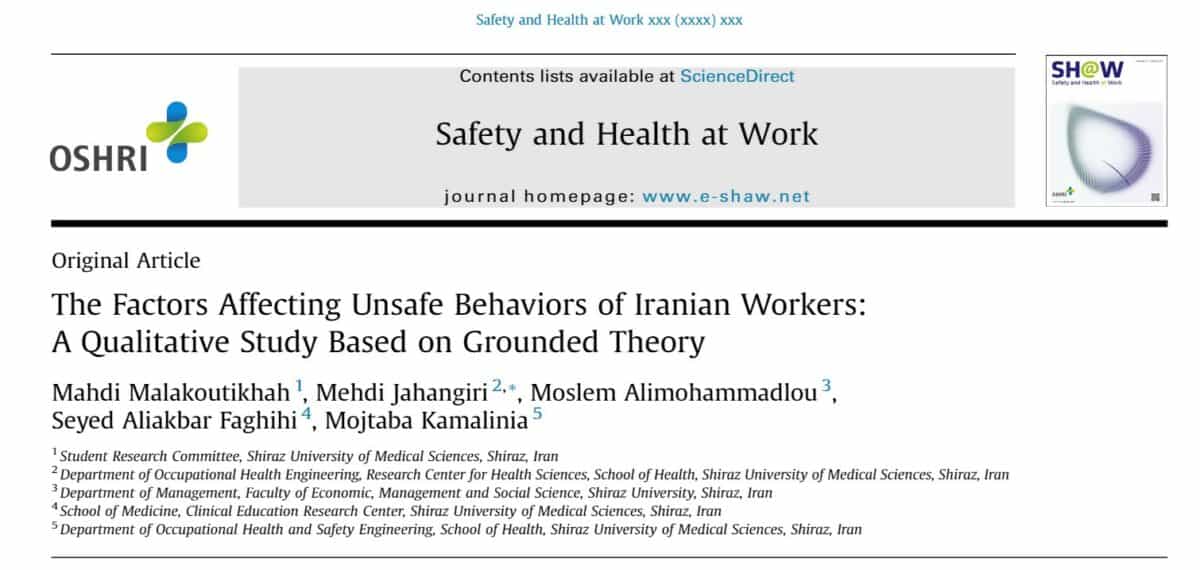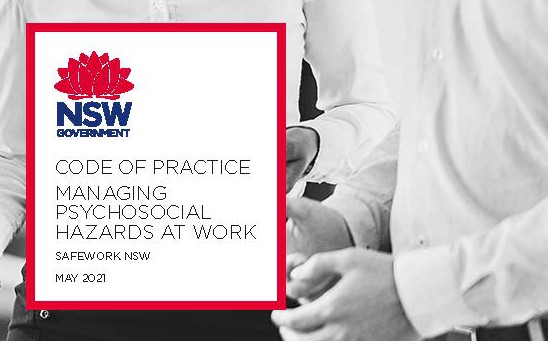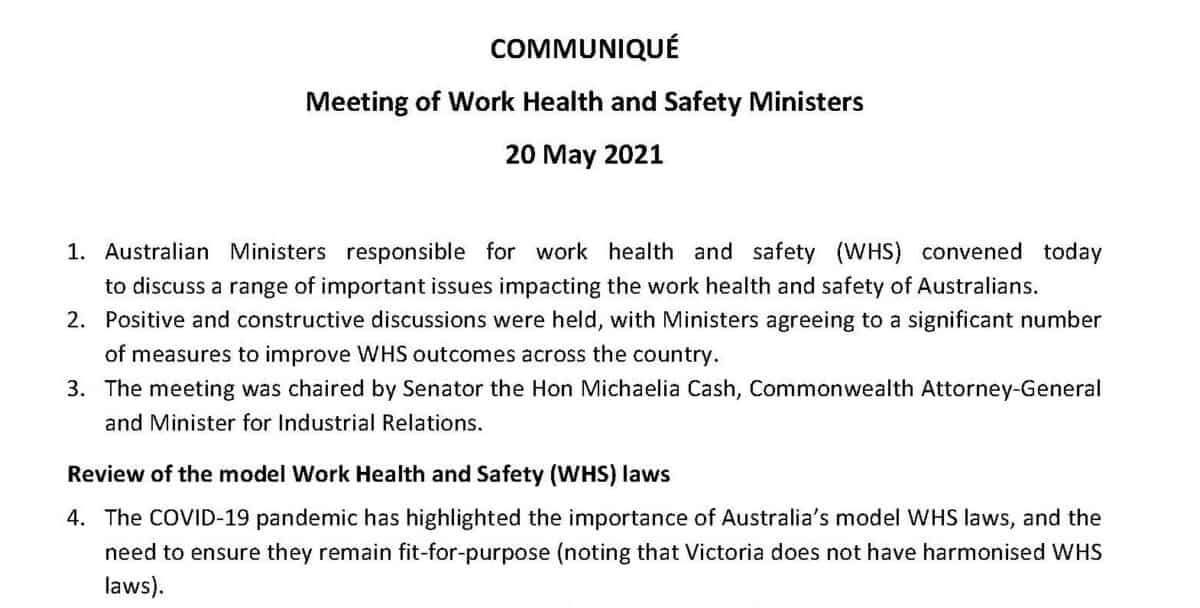The Hansard of June 1, 2021, Senate Estimates Hearings provided some nice background to the May 20 meeting of the Work Health and Safety (WHS) Ministers at which a national Industrial Manslaughter law was dismissed. Again, the politics of occupational health and safety (OHS) were on clear display.
Category: Premium
Cause is not the same as Correlation
Politicians and executives love to claim a cause when there is only a correlation. This was displayed recently in Australian Senate Hearings on the issue of occupational health and safety (OHS) and Industrial Manslaughter (IM).
Wiktionary defines Cause as:
The source of, or reason for, an event or action; that which produces or effects a result.
And Correlation as
A reciprocal, parallel or complementary relationship between two or more comparable objects.
The conflation of these two very different relations has been a serious drag on OHS progress in practice and policy.
The causes of unsafe behaviours
This blog has always had strong reservations about the occupational health and safety (OHS) focus on the unsafe behaviour of workers to the exclusion of organisational and socio-economic factors. A recent research study on Iranian workers provides a fresh look at the causes of unsafe behaviours applicable to a wide range of occupations.
The report* by Mahdi Malakoutikhah, Mehdi Jahangiri, Moslem Alimohammadlou,
Seyed Aliakbar Faghihi, Mojtaba Kamalinia of the Shiraz University in Iran found three factors contributing to unsafe behaviours:
- Organisational
- Individual
- Socio-economic
Nothing radical in those categories but the subcategories and themes are more useful as this table shows.
Latest Psych Health Code released
The big occupational health and safety (OHS) news in Australia has been the New South Wales release of its Code of Practice for Managing Psychological Hazards at Work. This Code is not mandatory but is a very good indication of what the OHS regulators (and perhaps eventually the Courts) believe are reasonably practicable measures for employers and business owners to take. These measures are discussed in detail below.
Reuse of safety photos
I have been told that any image loaded to Twitter becomes the property of Twitter. As a social media user, this type of situation seems common, but I was surprised when an image of unsafe work activities that I took and posted to Twitter appeared as an “Absolute Shocker” in a construction safety newsletter produced by WorkSafe Victoria. I sought more details from WorkSafe on the image’s use.
Industrial Manslaughter or Category 1. Which prevents harm more effectively?
The Communique issued after the May 20, 2021 meeting of the Work Health and Safety (WHS) Ministers says that Australia is not likely to apply an Industrial Manslaughter law nationally:
“While the Northern Territory, Queensland, Western Australia, the Australian Capital Territory and Victoria provided their support for an industrial manslaughter offence, the recommendation did not receive the required majority.”
Some people think that this is no real failure as the Communique also includes “defacto ‘industrial manslaughter’ laws”. Here is the quote that supports that position:
Stepping forward a bit, maybe
Last week the Australian Council of Trade Unions (ACTU) issued a media release describing the meeting of Work Health and Safety Ministers presenting a
“… huge step forward on mental health…”
The “step” is more walking on the spot than a step forward as the obligation to address psychological hazards in the workplace has existed in Australia for decades. It has just been ignored.
However, what caught my attention was this statement:
“Up to 45 per cent of mental health issues are attributable to work…..”







